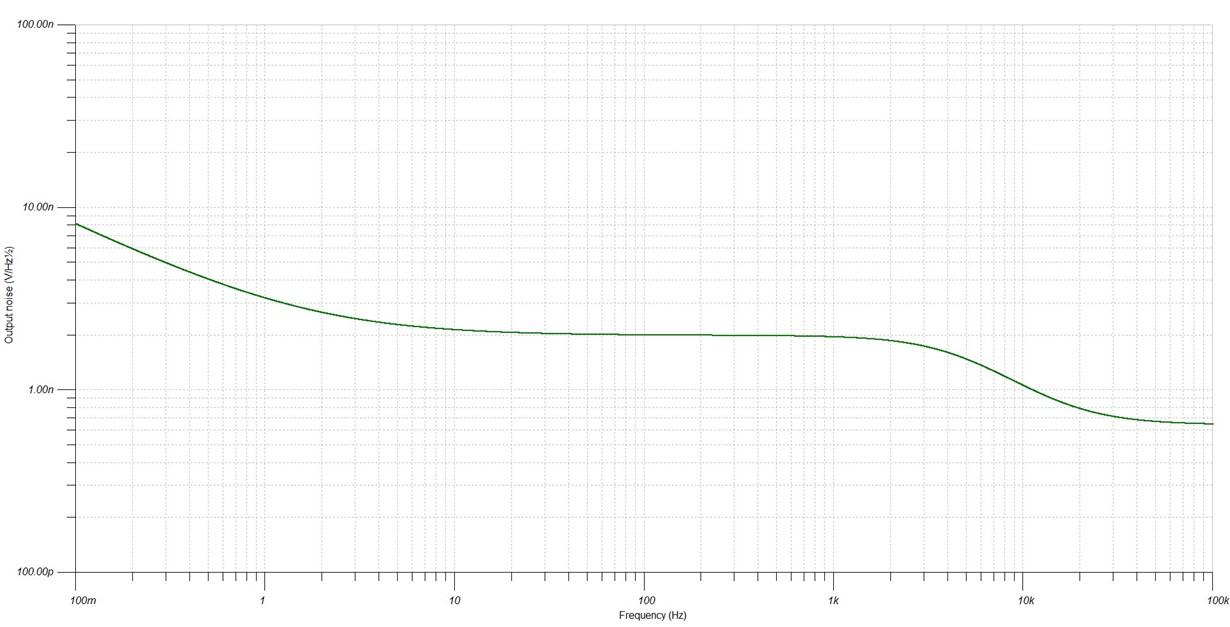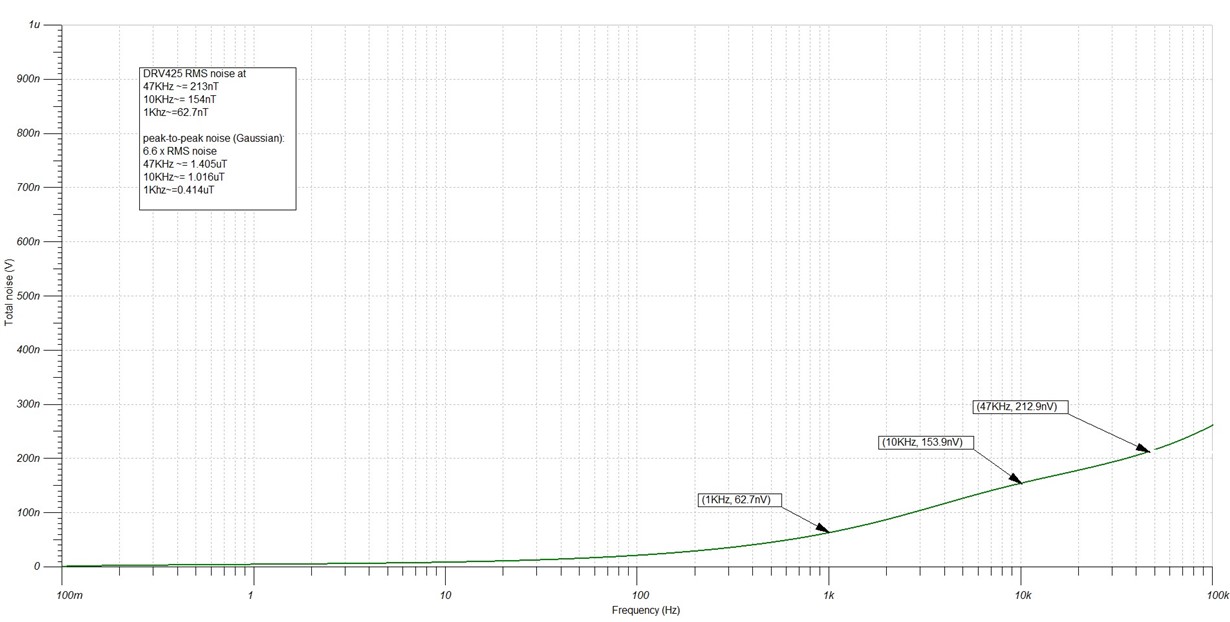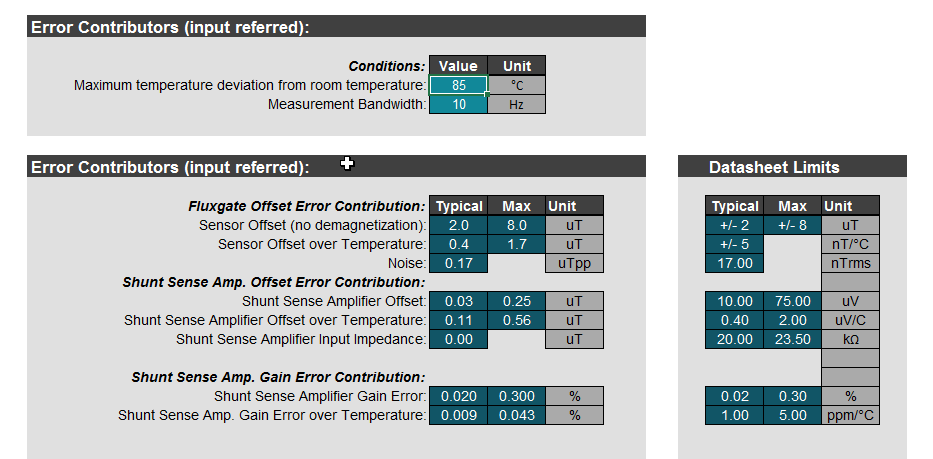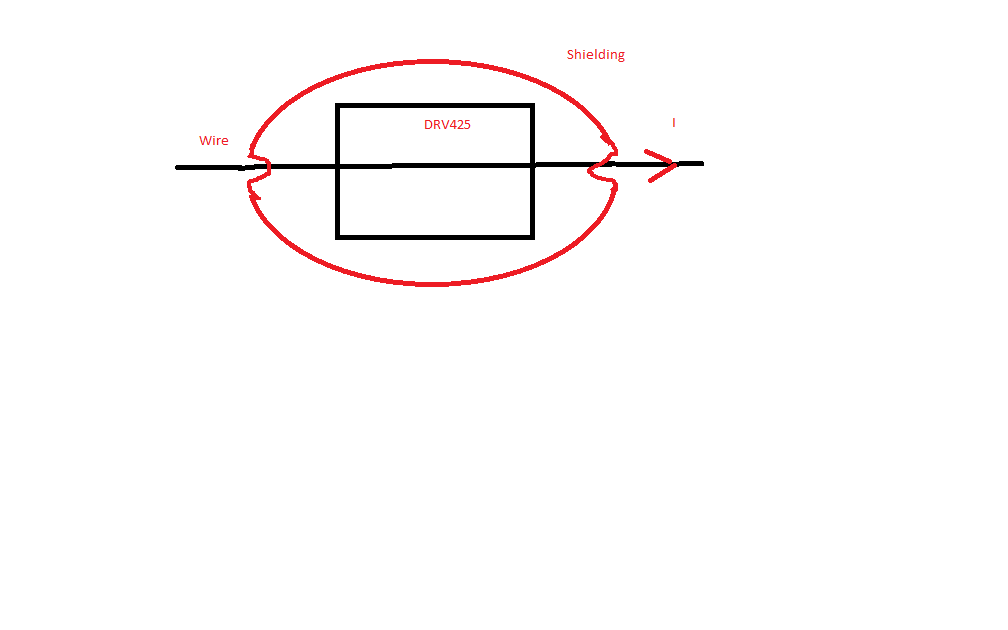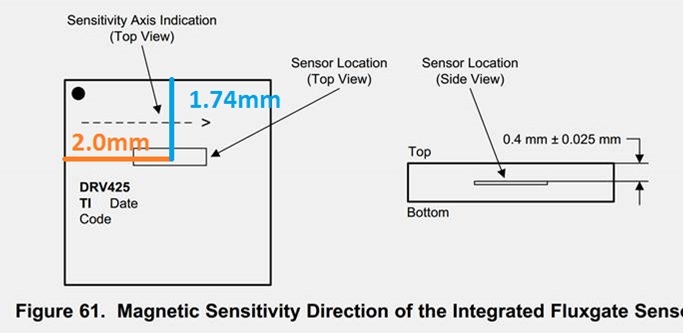Other Parts Discussed in Thread: , ADS1262, ADS1278
Hello,
A custumer asked us a contactless sensor which can detect whether a current of 1 mA is flowing into a cable.
The measuring range is 10uT : 0,1 uT.
The minimal resolution is not given in the datasheet of the DRV425.
Is it possible with this sensor to measure a magnetic field of 0,1 uT ?
I know I will need a shield to remove the earth magnetic field around 50 uT and the external other influences.
Regards,
Nicolas


